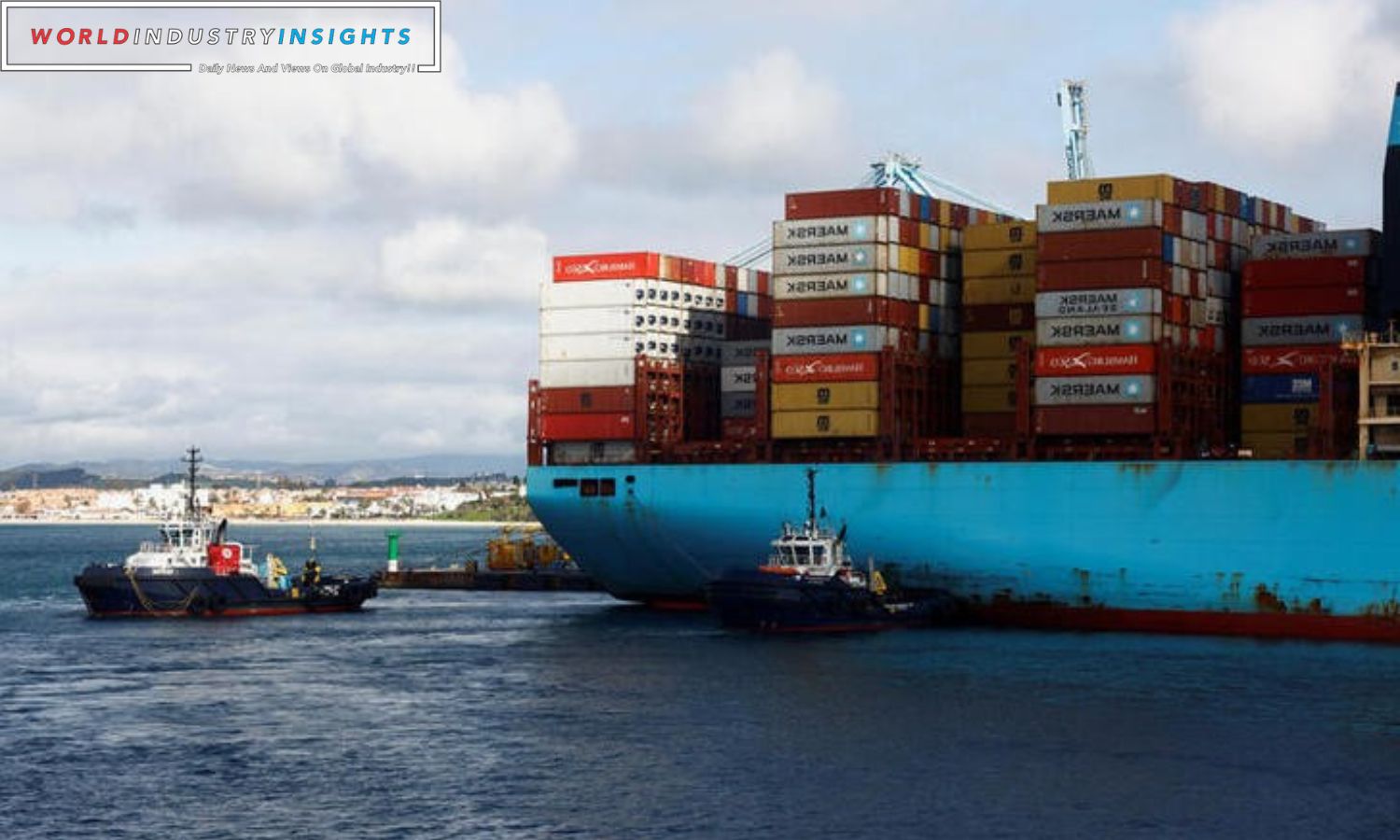Europe Diplomatic Odyssey: Gordon Brown struck a sad note during a September World Trade Organization meeting. With trademark savviness, Brown voiced an unsettling worry heard in Europe’s power circles.
Geopolitical theory suggests Europe is at risk of being sandwiched between America and China. In his apocalyptic picture, Brown depicted Europe on the brink of being caught between Chinese hegemony and American dominance, risking a clash of power axes.
Security is a major concern for the Europe-US connection and cannot be altered. Brown noted that trade is more vital to Europe than its transatlantic partner for sustenance. This realistic assessment comes from a leader who has taken on important tasks in the U.N.’s international affairs system after Britain decided to leave the E.U.
The current mood reveals the unexpected geo-economic fragmentation story. The IMF is preparing for its annual summit in Marrakech. The main focus is the breaking up of global economic relationships.
This story is crucial and a significant test for Europe. Europe’s historical wealth is closely tied to trade, from colonialism to its role as a defender of WTO principles. The E.U. is the largest trade group globally. It comprises 27 countries and is an economic superpower with 16% control over global trade.
But the sounds of global trade are starting to clash. Tariffs and trade limits reduce the likelihood of populist movements. Due to two decades of globalization, including China’s trade dominance, governments are altering their plans.
Both the U.S. and Europe aim to ensure fair application of international trade rules while bolstering their positions against China. But the unity’s surface reveals its complexity. In a world where powerful countries have their own rules, Europe’s mobility is limited due to adherence to WTO principles.
Brad Setser, a trade expert working with the Biden administration, highlights the severity of this situation. Setser recently spoke in Brussels about how Europe’s adherence to WTO ideals limits its ability to work with the U.S.
One example of this disagreement is the talks for a U.S.-European “green steel club.” This project was influenced by fear of trade barriers against China. The E.U. is concerned that American ideas may violate WTO rules and treat people from other countries unfairly.
Also Read: Hugo Bosss Unstoppable Journey Through China and U.S. Headwinds
European countries were relieved when Trump left office, but now, with the upcoming 2024 U.S. election, they are reconsidering their expectations. Americans used to support free trade, but not anymore. The need, mentioned in a paper for E.U. finance leaders, emphasizes the importance of European businesses preparing for worst-case scenarios, such as U.S. pressure to cease collaboration with China.
With Joe Biden’s election as president in 2020, European cities may have breathed a sigh of relief, but protectionist policies must be reevaluated. The E.U. is on the brink of a power battle and geopolitical war.
Due to this, European leaders must convene in Spain to devise a plan for economic stability. The goal is to reach an agreement by year-end, a daunting task.
Topics will include export restrictions on specific technologies and scrutiny of foreign investments. The challenge is to balance national commercial goals and security needs. This is a challenging dance with significant effects.
E.U. cities need help to allocate billions of euros for vital technology to support local businesses. But this pledge affects geopolitics, especially with China. German producers will be heavily impacted, making it more challenging for Europe to decide on China.
Wang Huiyao, head of Beijing’s Center for China and Globalization, urges Europe to be more nuanced in policy-making. Cultural ties and lasting business interests provide an alternative to the strict American approach. Despite ongoing differences in human rights and ideas, Huiyao proposes a polite approach to navigate disagreements.
Truth is crucial. IMF study warns of a potential split in world economy: U.S. vs. China. Europe must maintain an open-door policy to both sides while navigating global challenges. Building walls between it and the U.S. could be costly.
Petra Sigmund, key in Berlin’s China policy, gets to the point. She says Washington and Europe sometimes have differing views on China. Still, it’s good that the Biden administration is willing to participate in international talks.
Europe is at a crossroads of economic need and global realism. The world’s political situation is constantly changing. Europe’s choices impact the world, balancing cooperation and competition beyond its borders.
Our Reader’s Queries
What is the diplomatic mission to the EU?
The USEU serves as the intermediary between the U.S. Government and the EU in Brussels, Belgium. Diplomatic ties between the United States and the EU and its predecessors have been in place since 1953.
What is the diplomacy of the European Union?
The EEAS is the EU’s diplomatic service, responsible for executing the Common Foreign and Security Policy since 2011. Its mission is to advance the well-being of Europeans worldwide by promoting peace, prosperity, and security.


